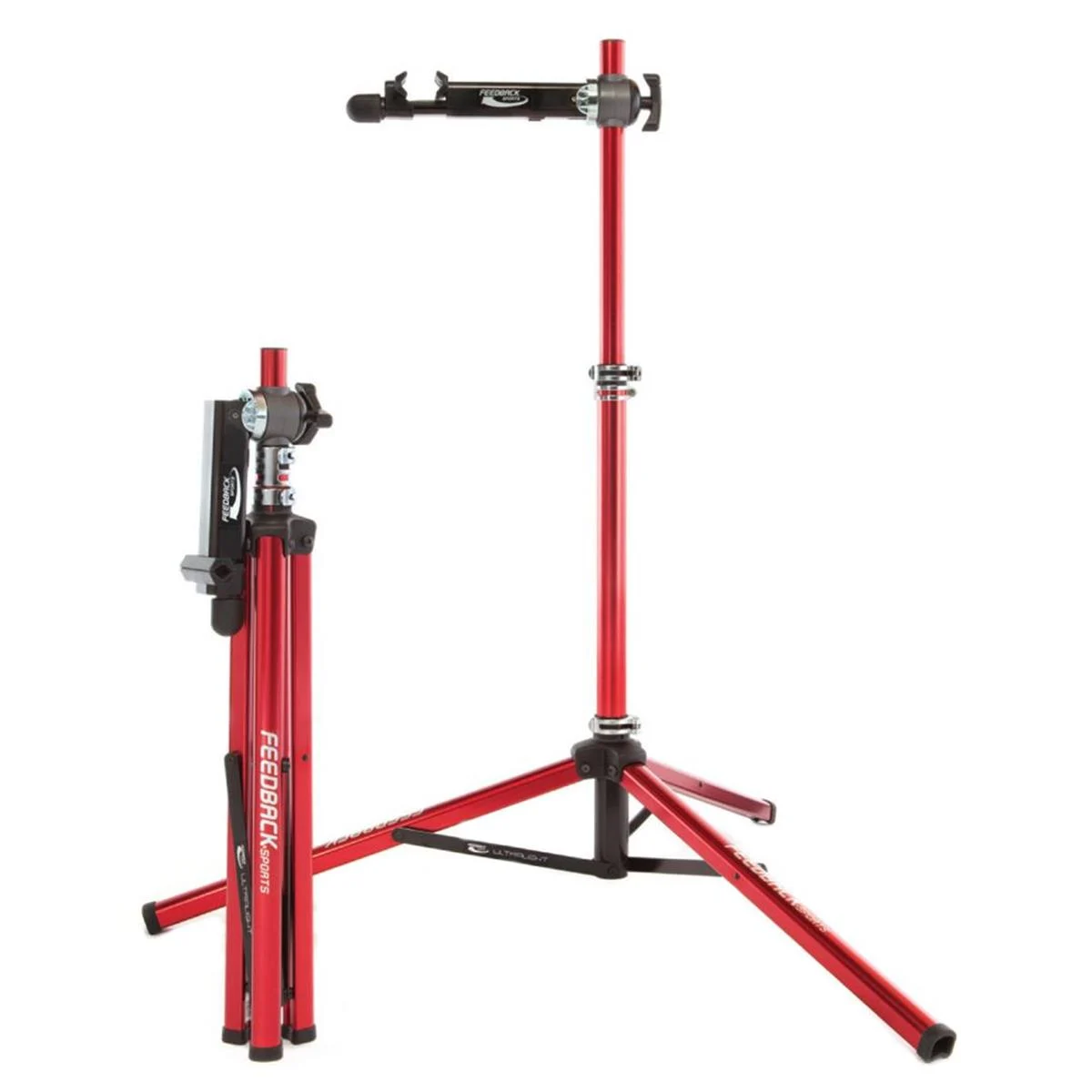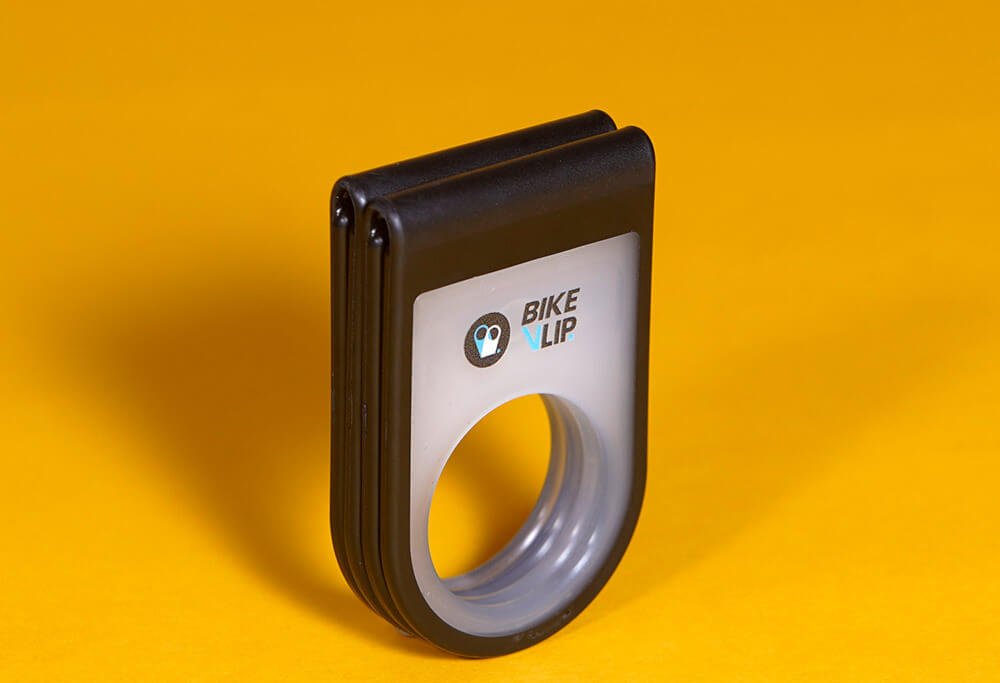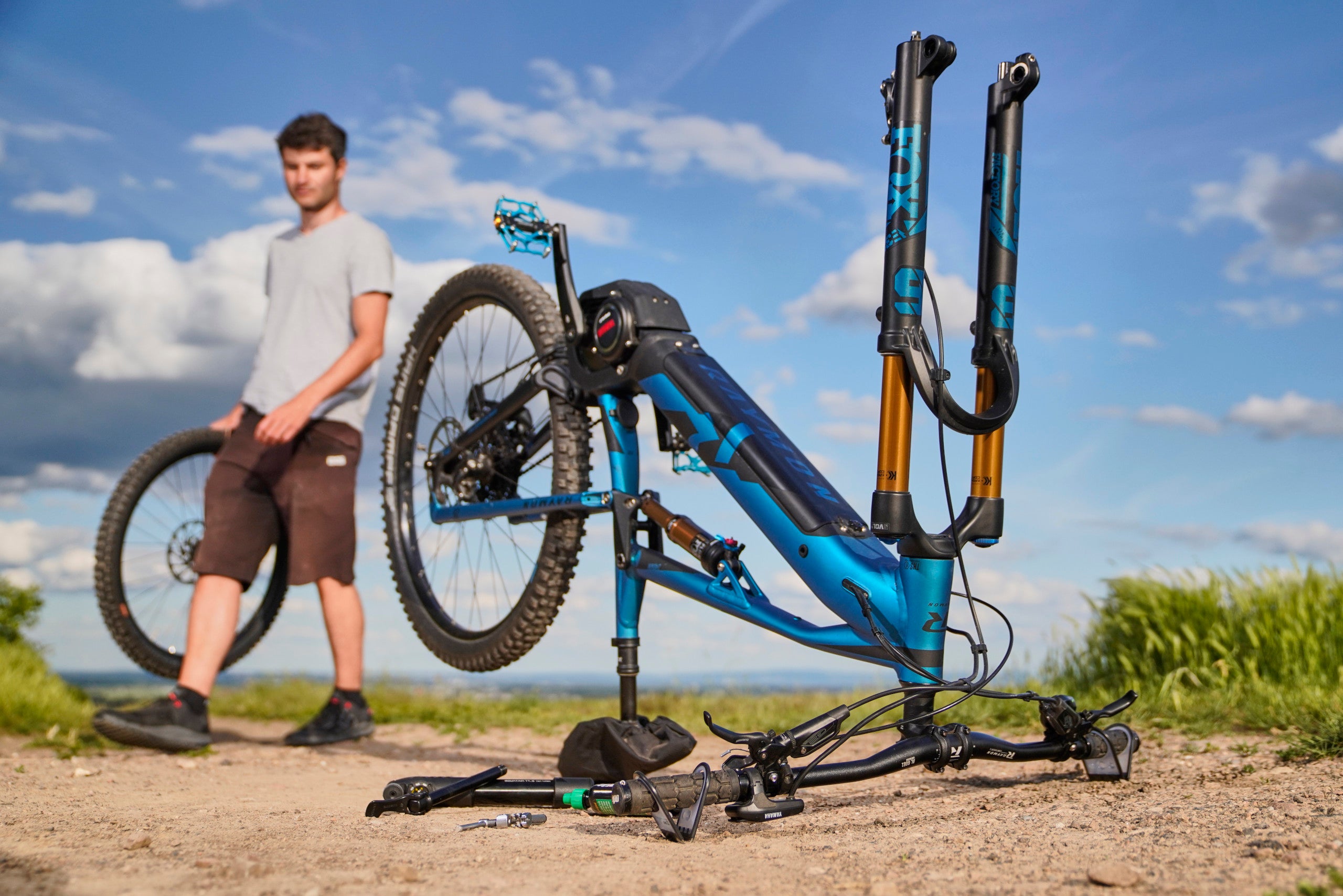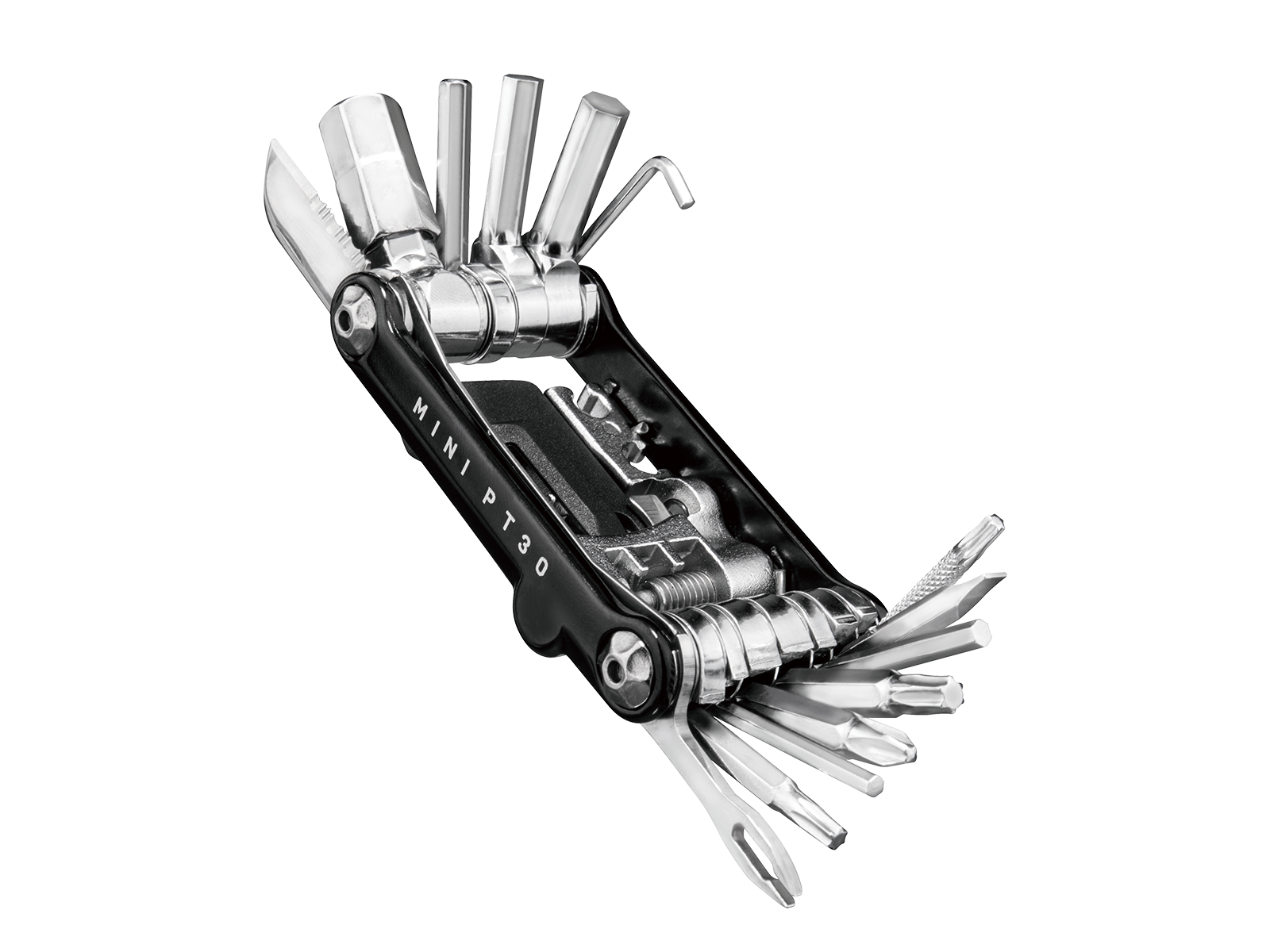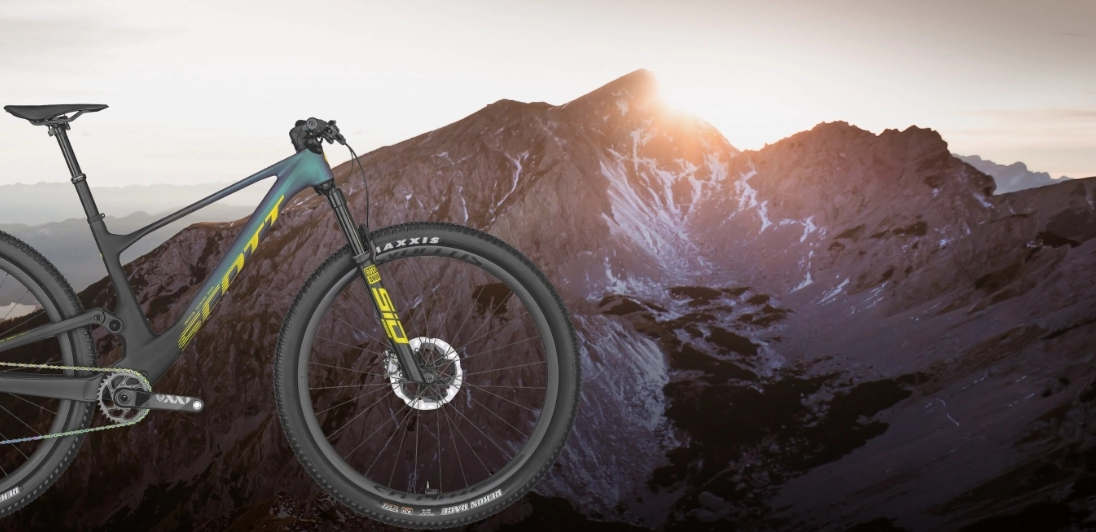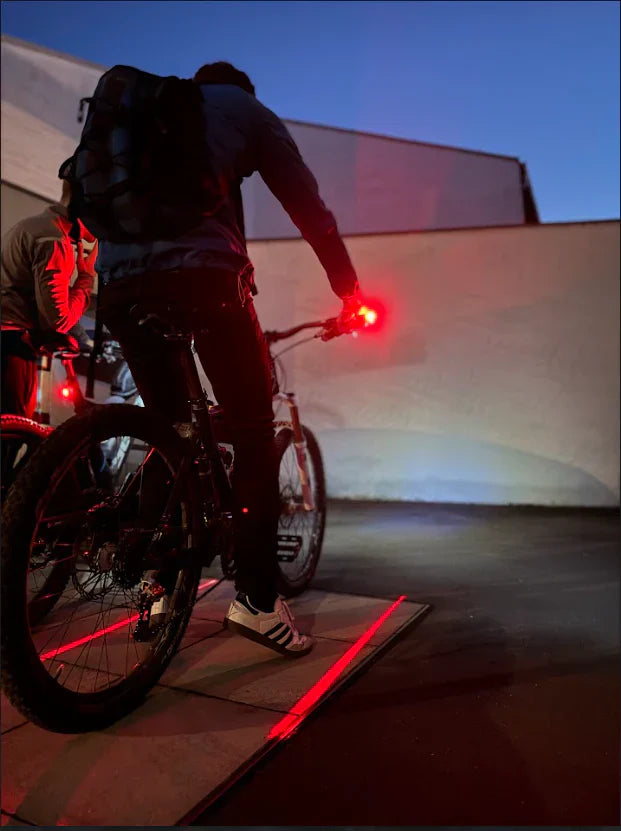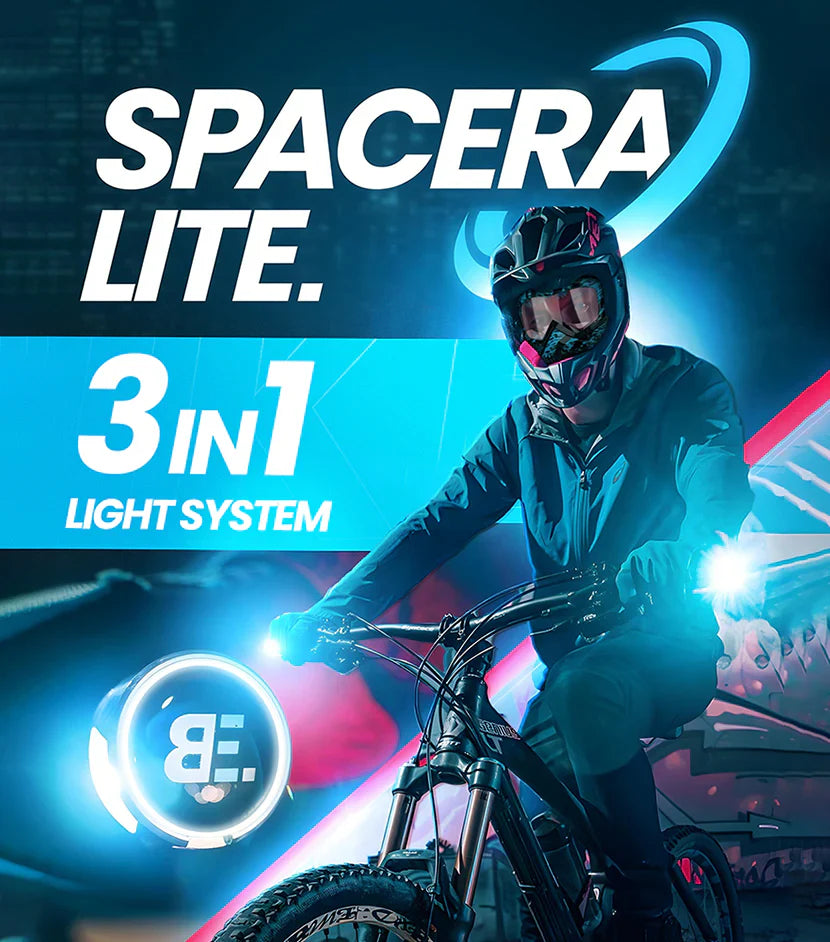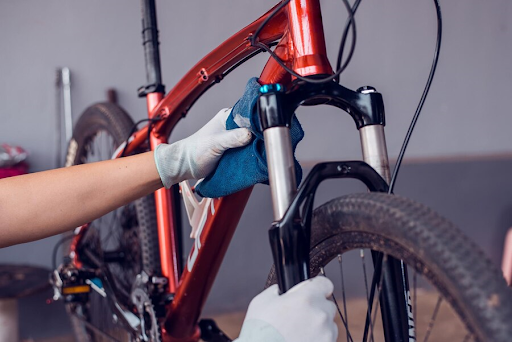Electric bikes have revolutionized the cycling world, offering a blend of traditional biking and enhanced propulsion power.
These innovative bikes come equipped with an electric motor, assisting the rider, which is especially useful for tackling challenging terrains or for those seeking a less strenuous cycling experience.
The e-bike motor position is the significant factor that affects the handling, performance, and riding experience of the bike.
In this article, we will take a look at different motor positions including their perks and cons so that you can make an informed decision.
What Different E-bike Motor Positions Are There?
There are two e-bike motor positions and each position offers a unique riding experience and impacts the bike’s balance, efficiency, and usability in different scenarios.
Rear Hub Motor
A rear hub motor is a type of electric motor used in electric mountain bikes (e-bikes), specifically positioned in the rear wheel's hub. This placement differentiates it from other motor types, such as mid-drive motors located near the bike's bottom bracket, or front hub motors situated in the front wheel.
In a rear hub motor system, the motor directly drives the rear wheel. This setup offers several advantages, particularly for e-bikes designed for mountain biking. Firstly, the rear wheel location ensures better traction, especially when climbing steep trails. The weight of the motor adds to the rear wheel's grip, enhancing stability and control during uphill rides.
Another advantage is the simplicity of the design. Rear hub motors are generally easier to install and maintain compared to mid-drive systems. This simplicity often translates to a more budget-friendly option for those entering the e-mountain bike market. Additionally, the separation of the motor from the bike's chain drive system reduces mechanical complexity and potential wear on the bike's drivetrain components.
However, there are trade-offs. The rear hub motor can affect the bike's balance, making it rear-heavy. This imbalance can impact the bike's handling and suspension performance, particularly on technical and rough trails. Also, rear hub motors typically don't offer the same natural riding feel as mid-drive motors, which better mimic the experience of a traditional mountain bike.
Despite these considerations, rear hub motors remain a popular choice for many e-mountain bikers, offering a blend of performance, simplicity, and cost-effectiveness that suits a wide range of riding styles and preferences.
Advantages
- Mimics the feel of a traditional non-electric bike, making the transition to E-bikes easier for traditional cyclists.
- Particularly effective for hill climbing and riding on uneven terrains.
- Helps in maintaining stability, especially at higher speeds.
- From daily commuting to leisure rides, it’s versatile for different cycling needs.
Disadvantages
- Changes to the rear wheel, like fixing a flat tire, can be more complex due to the motor.
- A possible rear-heavy feel can affect the bike's balance, especially when carrying cargo or during sharp turns.
- While better than front hub motors, they can still struggle on very steep or challenging trails compared to mid-drive motors.
Mid-Drive Motor
A mid-drive motor, a pivotal technology in the realm of electric mountain bikes (e-MTBs), is ingeniously situated at the bike's core, near the bottom bracket. This central positioning is pivotal for several reasons, fundamentally enhancing the e-MTB's performance and handling characteristics.
Crucially, the mid-drive motor's placement ensures optimal weight distribution. Unlike hub motors that add weight to either the front or rear wheel, mid-drive systems centralize mass, fostering a balanced ride. This balance is especially beneficial on uneven mountain trails where bike stability is paramount.
Another significant advantage of mid-drive motors is their efficiency in power delivery. These systems directly power the bike's drivetrain, thereby leveraging the existing gear set. This integration allows riders to shift gears effectively, optimizing power usage. In steep or challenging terrains, this translates to smoother, more natural pedaling assistance, closely mimicking the feel of a traditional mountain bike but with added power.
Mid-drive motors also excel in terms of torque output, a critical factor in mountain biking. They typically produce higher torque than hub motors, providing superior climbing ability and acceleration. This makes them ideal for steep ascents and rugged terrains, where additional power is needed.
The design of mid-drive motors also plays a role in enhancing the bike's ground clearance and reducing the risk of damage from rocks or obstacles. Being nestled at the bike's center, these motors are less exposed to impacts compared to hub motors located at the wheel.
However, mid-drive systems usually come with a higher price tag and can be more complex in terms of maintenance. Despite these factors, for serious mountain biking enthusiasts who seek a harmonious blend of power, efficiency, and natural riding experience, the mid-drive motor stands as a top choice.
Advantages
- Central positioning leads to a more balanced and stable ride, ideal for challenging terrains.
- Works in conjunction with the bike’s gears, offering efficient power transfer.
- Exceptionally effective for hilly terrains and off-road cycling.
- Offers a more natural bike riding experience, especially in technical riding conditions.
Disadvantages
- Generally more expensive due to their complexity and advanced technology.
- Increased strain on drivetrain can lead to faster wear and tear of the bike's drivetrain components.
- Complexity in maintenance and repair requires more technical knowledge and skill to service than hub motors.
- Some models can be noisier compared to hub motors, which might be a consideration for some riders.
The Best Motor Position For An E-Bike
In comparing motor positions for mountain e-bikes, mid-drive and rear hub motors each present unique advantages.
Mid-drive motors, situated near the bottom bracket, offer excellent weight distribution and balance, crucial for navigating mountainous terrain.
They directly power the bike's drivetrain, providing higher torque and more efficient power usage, especially beneficial on steep climbs and rough trails.
These motors typically range from 250 to over 750 watts but come with higher maintenance costs and initial expenses.
On the other hand, integrated into the rear wheel, rear hub motors are simpler and less expensive to maintain, appealing for their cost-effectiveness and straightforward power delivery.
Although they share similar power ranges with mid-drives, their efficiency falters on steep or technical terrains due to their independent operation from the bike's gearing system.
For mountain biking, where handling and torque are paramount, mid-drive motors are generally more efficient and preferred, offering a balanced ride and superior performance on challenging trails, despite their higher cost and maintenance complexity.
Conclusion
The motor position in an E-bike is a crucial factor that shapes the riding experience. While each motor position has its advantages and drawbacks, the best choice ultimately depends on the rider’s individual needs and preferences. Understanding the nuances of each motor type can help you make an informed decision, ensuring that your E-bike perfectly aligns with your lifestyle and cycling goals.





